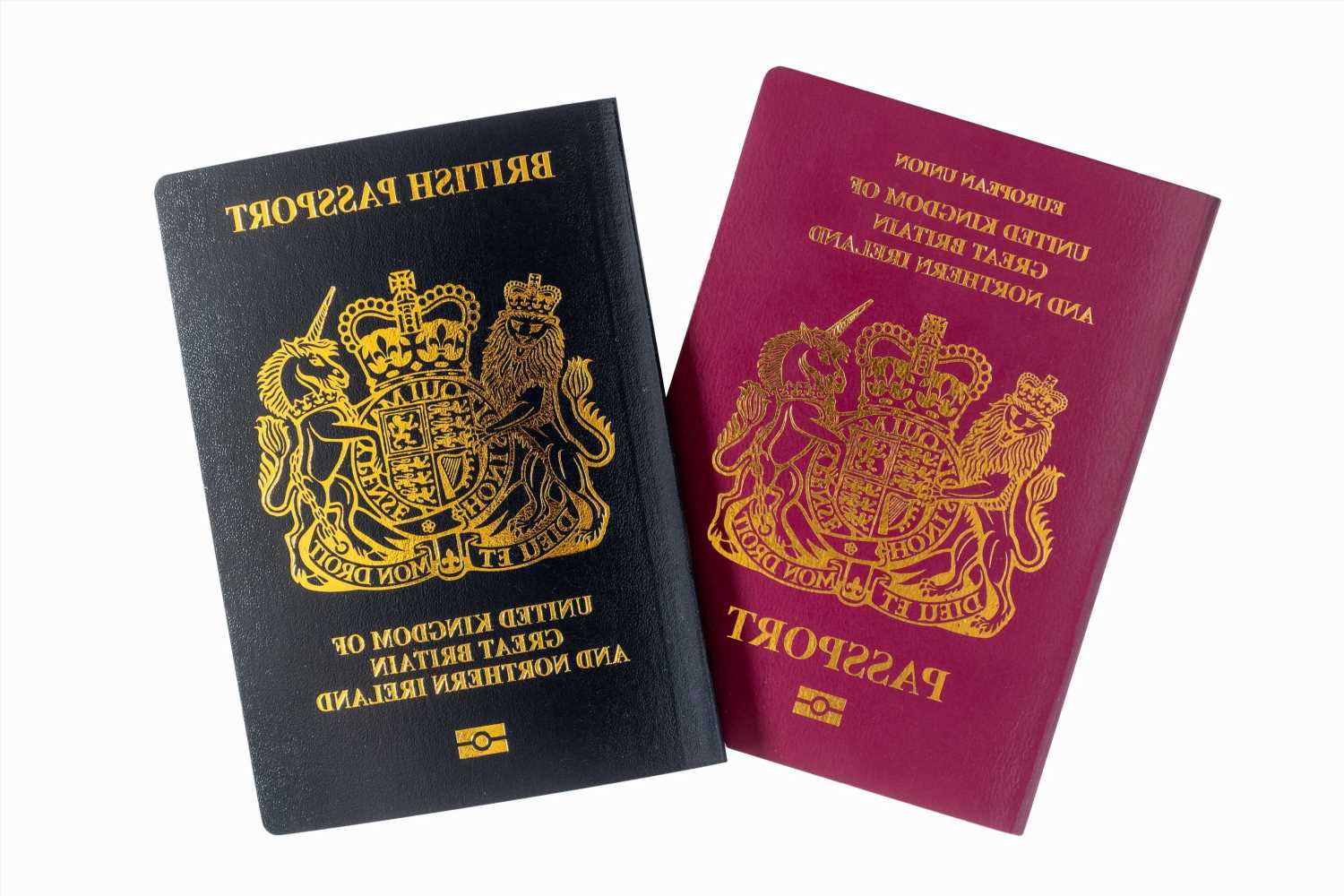Shoppers have started cutting their expenditure on non-essentials in the face of cost-of-living pressures as the Reserve Bank prepares to jack up interest rates, ramping up mortgage pain.
The Coalition used the first sitting of the federal parliament this year to ramp up its attacks on the government’s handling of inflation and its impact on families, as property research firm PropTrack forecasts that house prices are likely to drop another 10 per cent this year.
Treasurer Jim Chalmers says inflation may start to moderate after hitting a 30-year high of 7.8 per cent in December.Credit:Rhett Wyman
The RBA board meets on Tuesday, its first meeting of 2023, with financial markets and economists all expecting another quarter percentage point lift in the official cash rate to 3.35 per cent.
The last time the cash rate was this high was September 2012 when the average mortgage was $351,500. The average mortgage is now $604,000.
The bank has lifted the cash rate at its past eight consecutive meetings, adding more than $1000 a month to the repayments on an average mortgage. At the same time, inflation has climbed to a 30-year high of 7.8 per cent as prices for goods ranging from petrol to insurance soar.
Treasurer Jim Chalmers said inflation was the major challenge facing the economy, but argued there were signs that price pressures may be starting to abate.
“We do know – and we do expect – that inflation has begun to moderate in our economy – 7.8 per cent is obviously unacceptably high and puts a lot of pressure on families and others in our community, but we expect that inflation is starting to moderate,” he said.
But Opposition Leader Peter Dutton said families were paying for Labor’s failure to honour its election commitments to keep a lid on prices.
“This promise hasn’t been delivered, instead power bills along with mortgages and grocery costs have all risen sharply under this Labor government,” he said.
Shadow Treasurer Angus Taylor said the government should be driving the budget back to surplus as soon as possible to deal with inflation.
Data from the Australian Bureau of Statistics on Monday showed how higher interest rates are starting to bite into consumers’ spending habits.
The total volume of retail goods sold during the final three months of 2022 fell by 0.2 per cent. But it would be down much further if not for a lift in food sales, as the nation’s supermarkets sought to hold prices steady in the run-up to Christmas.
Sales of discretionary goods, however, have been heavily affected by rate settings.
Clothing sales, up by 8.5 per cent over the past 12 months, have slipped by 2.7 per cent since the RBA started increasing interest rates in May. Sales of footwear and personal accessories, up 7.4 per cent since December 2021, have fallen by 3.7 per cent since May.
Electronic goods have fallen 6.4 per cent over the past 12 months but are down 9.2 per cent since the Reserve started tightening monetary policy.
Commonwealth Bank economist Stephen Wu said the retail sector would continue to feel the pain caused by the RBA’s lift in interest rates.
“The 0.2 per cent decline in retail trade volumes show demand was already softening late last year – even before the full impact of rate hikes occurred,” he said.
“With another rate hike expected at the RBA board meeting, and a large stock of fixed rate debt due to rollover over this year, demand will only weaken further from here.”
Property prices are expected to fall another 10 per cent through 2023.Credit:Peter Rae
The combination of inflation and higher interest rates is also weighing on the property market.
PropTrack on Tuesday said it expects property prices to fall by between 8 per cent and 11 per cent in Sydney this year and by between 7 per cent and 10 per cent in Melbourne. The forecast is based on an assumption the Reserve Bank lifts the cash rate by 0.5 percentage points this year.
Sydney prices fell by 9 per cent last year while Melbourne dropped by 5.2 per cent.
PropTrack’s economic research director Cameron Kusher said property prices across the capital cities were likely to fall by between 7 per cent and 10 per cent by year’s end, largely due to the RBA’s interest rate settings.
“With borrowing costs continuing to rise and the subsequent reduction in borrowing capacities, property price falls are likely to continue and accelerate in 2023, with the more expensive cities likely to see the largest price falls,” he said.
“We anticipate these further interest rates rises will push prices lower. However, a lower interest rate peak and earlier than expected interest rate cuts could ease price falls.”
Despite another 10 per cent fall, house prices would still be 18 per cent above their pre-pandemic levels.
Cut through the noise of federal politics with news, views and expert analysis from Jacqueline Maley. Subscribers can sign up to our weekly Inside Politics newsletter here.
Most Viewed in Politics
From our partners
Source: Read Full Article




